The rate that technology is evolving in vehicles today is faster than ever before. Not to mention the importance car-buyers are now placing on technology (particularly infotainment) over other aspects of a vehicle.
Forget the variable valve lift and CVT, "My new car MUST have Bluetooth!"
While these exciting technologies are becoming commonplace on the showroom floor, it won’t be long until they are drifting into independent workshops once the warranty period runs out.
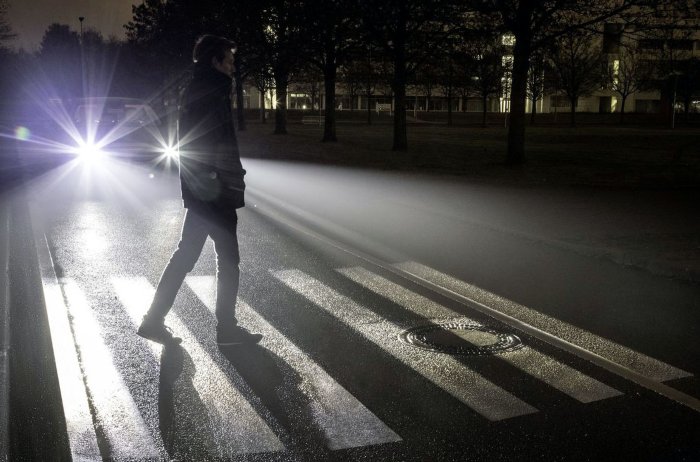
Forget your trusty H4
Take a closer look at the image above. That zebra crossing doesent actually exist. The car is projecting it onto the road using it's headlights, acknowledging it has seen the pedestrian and is giving way.
Meet Digital High Definition Lighting pioneered by Mercedes Benz.
Unlike matrix or multibeam LED technology (where the LED’s themselves were controlled to adjust the beam of light), high definition LED system use over 1 million microscopic mirrors to control the light from the 1024 LED Chips in each headlight!
With this resolution, the system can even project complex images onto the road ahead such as hazard warnings, missing line markings and turn arrows.
At night, the vehicle effectively drives around with high beam on all of the time. When an oncoming pedestrian or vehicle approaches, the car masks them out of the light beam to avoid blinding them, using inputs from cameras and radars while still ensuring all other surroundings are lit up.
Unfortunately, Australian Design Rules require that vehicles are fitted with driver-controlled high and low beams, making this system, as it stands, illegal. Let’s hope these rules change soon to make way for more innovative lighting systems like this!
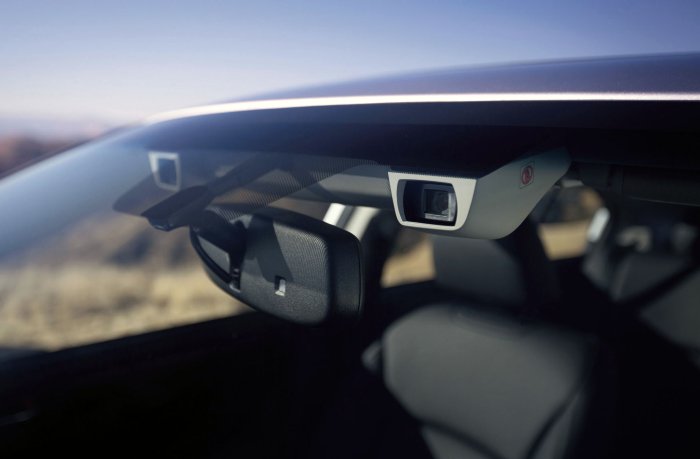
We already have vehicles on the road that will take action by themselves like passive driver assist solutions that preempt emergency action.
An example being when a vehicle sees a rapid decrease in accelerator pedal position, the VDC (Vehicle Dynamics Control) system will pull the pads onto the discs without actually applying the brakes, so that the stopping time is reduced if and when the driver has to perform an emergency stop.
Or we go a step further where the vehicle will brake by itself without any driver input if it see’s a possible collision. Such systems include Subarus ‘Pre-Collision Braking System’ as part of the ‘Eyesight’ system which utilises frontal stereo cameras (pictured) to analyse the road ahead.
However, driver override is another level again; this is where the car observes what the driver has chosen to do, determines that they are wrong and then makes its own decisions and actions.
For example, if the driver has the accelerator to the floor and the vehicle determines that it is going to collide with a vehicle or object ahead, it will completely ignore the driver's torque request (full accelerator pedal position) and activate the brakes.
This may seem a little scary at first glance, but the biggest common denominator in most accidents today is driver error.
We have to remember, every Tom, Dick and Harry on the road doesn't drive like the stig.
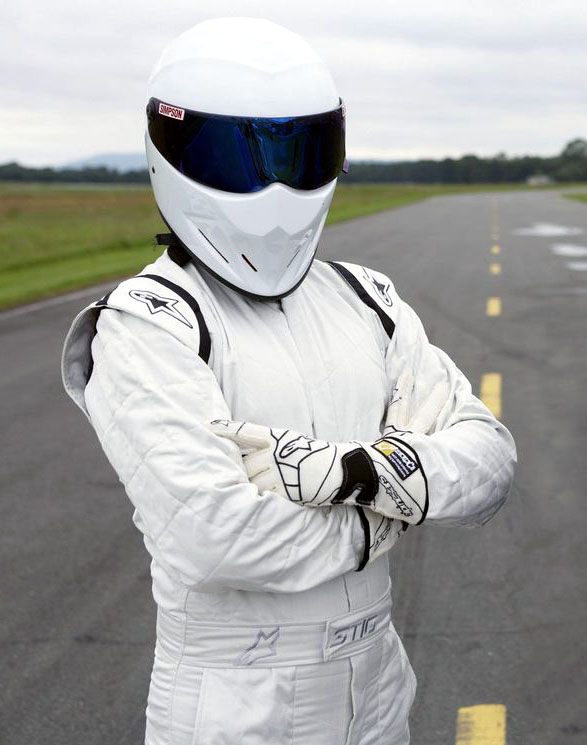
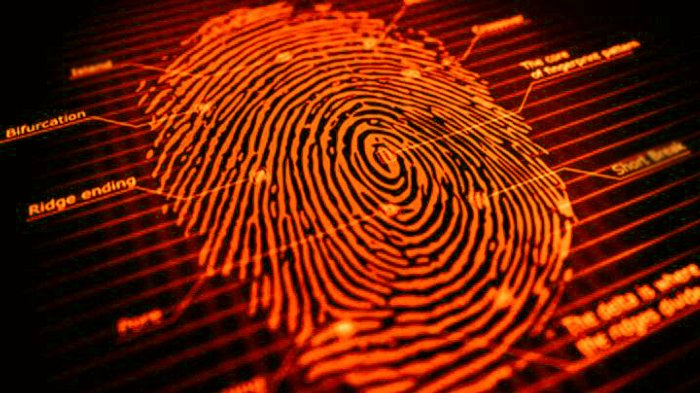
We’ve gone from the humble key, to remote entry, to passive entry and the next frontier is biometric vehicle access.
What do your thumb and your eyeball have in common?
They are both completely unique to each individual.
While we think fingerprint access if far more likely (at least within the scope of the next 10 years) than retinal scanning (think Tom Cruise, Mission Impossible) there is no foreseeable reason this cannot be achieved.
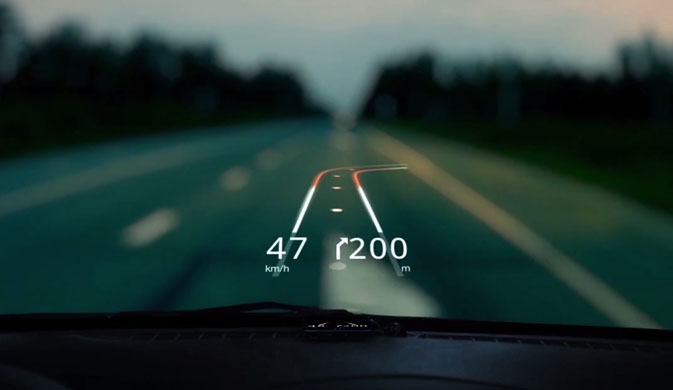
We are all familiar with the HUD (Heads up display) fitted both as a factory feature and aftermarket device that projects your speed and other stats up onto the windscreen.
Active glass is a whole different ballgame. This will include the projection of high quality imaging onto the windscreen, even layered over the native environment you see through the windscreen.
How many of us have driven past a turn because there is too much going on or the GPS hasn't caught up? Think of the road, as you see it through the windscreen, flashing to alert you exactly where your next turn is!
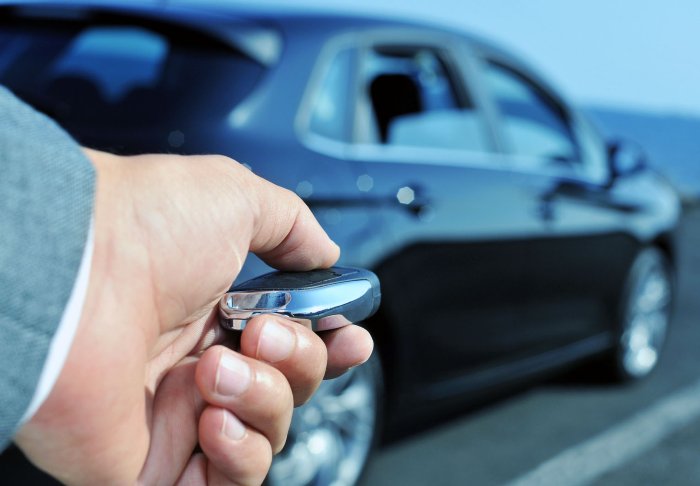
This isn’t anything new, but it’s not something that is common place in Australia and is only possible with the use of telematics.
Predominantly used for the recovery of stolen vehicles, remote shutdown allows the authorities (Po-po) to safely shut down a vehicle during a pursuit or immobilise and track a vehicle that has been stolen and parked.
You may be thinking, wouldn’t a vehicle with sophisticated technology be pretty difficult to steal?
Most modern car thieves aren't running around with a briefcase of scan tools and key blanks, they’re swiping the keys off of the kitchen table. A problem that would be eliminated with the use of biometric vehicle access!

We already have technology that monitors our blink rate and pupil dilation to check if we are tired.
The next health integrations will include things like seatbelts or steering wheels that measure our heart rate aswell as interconnectivity with existing health tracking devices like fitness bracelets.
I recently saw a meme that was captioned; “The saddest thing about autonomous cars is all the people that die when driving and a corpse rocks up to dinner”
Pretty morbid, but it’s a valid point.
Well vehicle manufacturers have thought of that too. In the event a car detects an irregularity in the drivers vital signs, the vehicle will pull itself over and call an ambulance to the location. It could even go as far as providing audible/visual instructions to a passenger that may be present to assist until help arrives.
There are probably a lot of ‘but what if this’ and ‘what if that’ questions springing to mind when reading about these new technologies.
Like any new frontier in innovation, there are always hurdles and teething problems.
Loss of human life is something we absolutely want to avoid when developing and implementing these technologies which is why vehicle manufacturers invest so much time and money into research and development.
While we cringe at some of the things that take what it really means to ‘drive’ out of cars, you can’t deny the upsides of some of this tech.
Are these technologies going to become common service/repair items?
As the flagship vehicles of this new technology, it would not be surprising to see control unit and sensor failures, however environmental and man-made problems like dirt obstructing cameras or fitment of aftermarket accessories are likely to be more common.
Given the sticker price on some of this tech, accurate diagnosis is going to be absolutely pivotal. (We don’t know what one of those digital headlights cost and we don't want to know) This is going to mean high-level scan tools and access to manufacturer service and repair data.
All the more reason to be noting down those instances where you can’t get access to service and repair data HERE at the incident reporting portal setup by the AAAA (Australian Automotive Aftermarket Association)